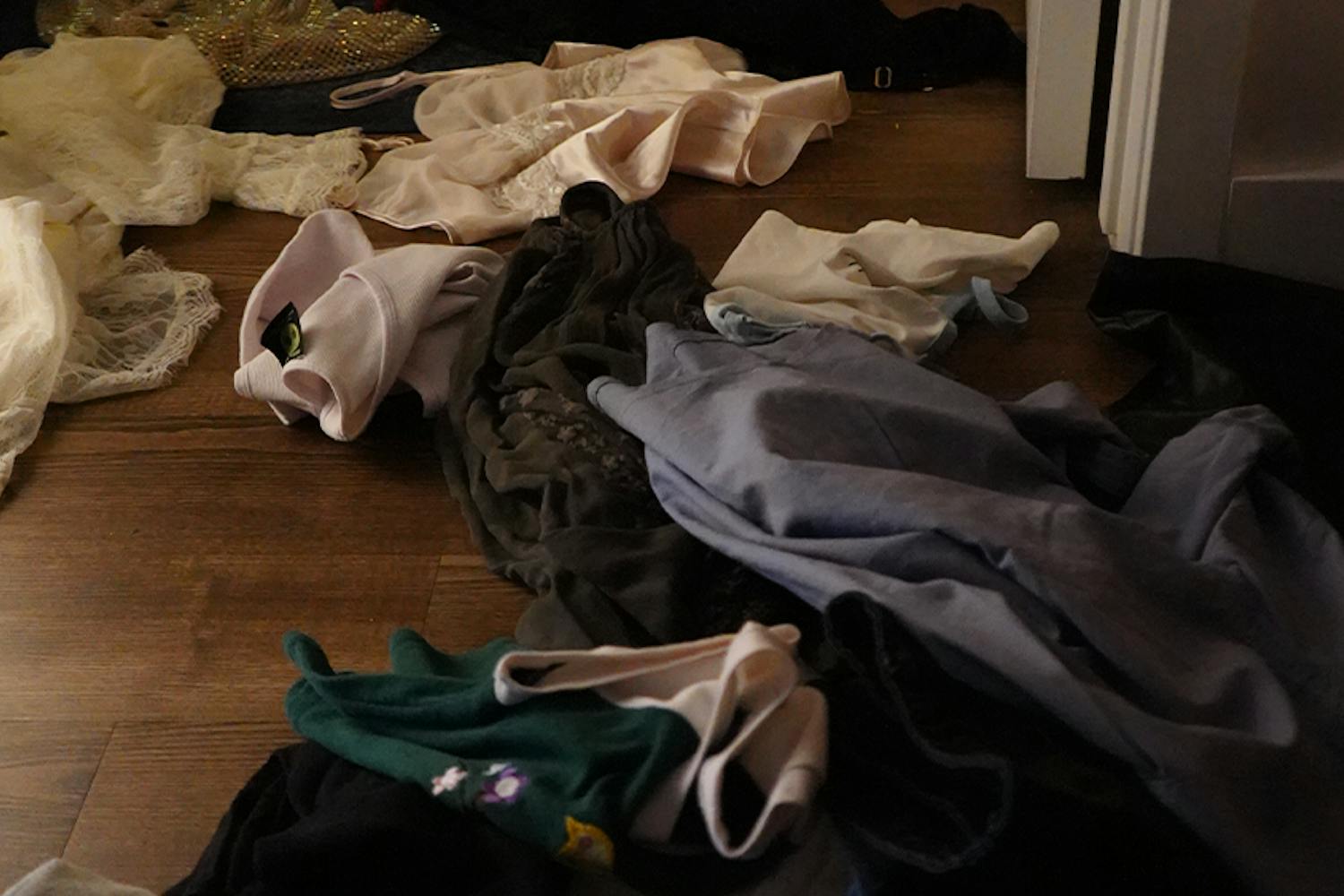In basic microeconomics courses at this (and presumably every) school, students will be able to tell you about the problem of scarcity. As traditionally applied to production, the concept of scarcity functions like this:
The land, labor, capital and entrepreneurial ability necessary to produce a commodity are scarce resources. The resource market handles this problem of scarcity through supply and demand. The payments a producer must dole out on the market to secure necessary amounts of these four resources are called economic costs. The total revenue a producer takes in from selling his good or service on the product market less the total economic cost incurred in production is called economic (pure) profit.
Pure profit, also called the "bottom line," is what goes in the entrepreneur's pocket and has business students at the W.P. Carey School salivating as they read this column and wait for their chance to get some.
What if we use similar principles to understand our social dealings?
What are the scarce resources of human interaction?
What makes up social, rather than economic, gain?
Here is how it often shakes out on campus:
The looks, lifestyle, time and interpersonal ability necessary to produce a desirable person are scarce resources. So we tan, tuck, lift, shop, crimp, primp, prime, press, peel, feel, kiss, miss, diss, drive, drink, wink and whiten ourselves into desirable little idiot commodities supplied to meet demand on the social market. We consume each other. Laughs minus sobs equals total social gain.
This is not healthy, and nowhere near how interpersonal success should be measured.
In seeking a solution to this empty social cycle, we can join with the growing chorus lambasting skinny models, airbrushed magazines, Barbie dolls that are too thin, G.I. Joes that are too thick, steroids, plastic surgery and fad diets. Arguments against such things have their place, and many of the people doing the arguing have sound logic and good intentions.
However, if the problem can be partially understood in economic terms, we can turn there again in our search for something like a solution.
Beyond scarcity, the microeconomics student on campus will be able to tell you about factors that cause shifts in a demand curve for a given product or service. One of the basic factors that causes more or less market-wide demand is consumer tastes and preferences.
We miss the mark if we only argue against the supply-side of our aforementioned problem.
It is true that steroids, plastic surgery and certain diets are physically dangerous. It may also be true that leading people (especially children) to idolize and strive to look like skinny models or ripped action-figures can cause deeper emotional and spiritual problems. But basic economics tells us there is another side to the issue.
If demand for shallow, plastic, perfect people started to subside, supply would mirror the change. It is time we change our tastes and preferences.
On campus, I think this means our tastes and preferences need to mature. We should start seeking characteristics that are much more scarce (and valuable) than looks and lifestyle. We should demand things like courage, intelligence, kindness, confidence, joy and beauty from the people with whom we interact.
Finding and interacting with people who possess some mix of these virtues is where we can truly profit socially. That's the bottom line.
Daniel is an English-Literature major in the College of Liberal Arts & Sciences. E-mail him at: daniel.d.wallace@asu.edu.



